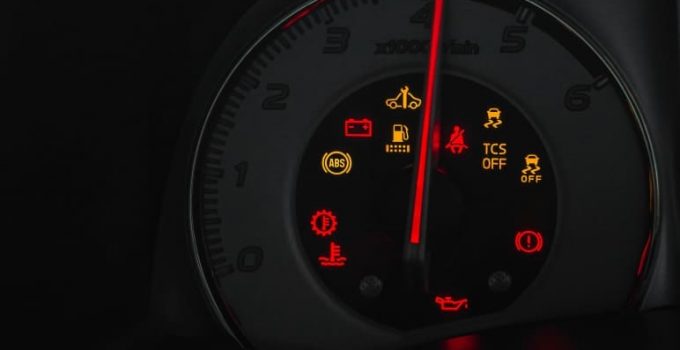
TCS is the abbreviation for Traction Control System, which is used in vehicles installed by Audi, Peugeot, Volkswagen, Fiat, Renault and Seat. The system is integrated into the ABS. This system improves vehicle handling and maneuverability, especially on slippery road surfaces.
How TCS works
This system detects slippage using wheel speed sensors. In order to restore the vehicle's grip on the road, the rotational speed of the slipping wheel is reduced.
If the wheels are slipping at a low vehicle speed, this system activates the application of braking force to these wheels. The ABS/TCS control unit sends a signal to the control valves to increase the pressure in the corresponding brake circuit. This activates the caliper, which then slows the wheel down.
At high speeds, this system activates electronic throttle control. This temporarily reduces the engine's torque and allows the slipping wheel to regain traction on the road surface.
The TCS is activated automatically when you turn the ignition key. If necessary, the system can be switched off by pressing a button on the center console. The appropriate light will illuminate on the dashboard to indicate that the system is disarmed.
Popular vehicles with TCS:
- Peugeot 307;
- Mazda 626 V, Xedos 9 ТА;
- Honda CR-V I;
- Hyundai Matrix FC, Tucson JM; Seat Leon Mk II, Ibiza III;
- Audi A6 C6;
- Fiat Punto II.
Causes for defects in the TCS
- Dirty wheel speed sensors.
- Damage to the wiring.
- Broken ABS valves and pump.
- Fuse blown.
